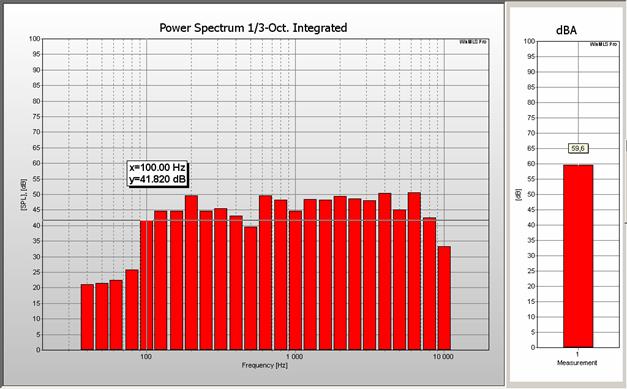

- #WINMLS 2004 SOFTWARE 64 BIT#
- #WINMLS 2004 SOFTWARE SOFTWARE#
- #WINMLS 2004 SOFTWARE PC#
- #WINMLS 2004 SOFTWARE ISO#
n CLIO 12 MEASUREMENT TECHNIQUES Compared to other measurement systems, CLIO 12 concentrates the power of many different instruments into a single one. CLIO 12 QC: Adds a Quality Control Processor for state-of-the-art testing and controlling a production line also adds some particular applications like 3D measurement analysis.
#WINMLS 2004 SOFTWARE SOFTWARE#
CLIO 12 adds new exciting functionality: n New Cycle Wavelet processing n New STIPA direct measurement and indirect processing menu n New Quality Control graphics management featureĢ n CLIO 12 MAIN SOFTWARE RELEASES AND VERSIONS CLIO 12 STANDARD: Laboratory grade software with most of the features present. CLIO 12 has a brilliantly fresh new look allowing gesture controls while relying on an incredibly powerful design based on a huge work which is the synthesis of more than 25 years of experience and excellence in electro-acoustic measurements.
#WINMLS 2004 SOFTWARE 64 BIT#
CLIO 12 is compliant with Windows XP, Vista, 7, 8 and and 64 bit versions supported.

CLIO 12 controls the new Audiomatica FW-02 USB Interface (24 192kHz).
#WINMLS 2004 SOFTWARE PC#
The CLIO System is capable of measuring: n electrical networks n electronic equipment n loudspeaker systems n telephones & hearing aids n environmental noise n rooms acoustics n quality of production lines CLIO 12 runs on a standard PC computer driving the measurement hardware and accessories supplied by Audiomatica the power, precision and reliability of the resulting instrument is 100% warranted.

The paper concludes with a discussion on the relationships of hall-average data of the five parameters with eight geometric and acoustic variables.1 n CLIO 12, by Audiomatica, is the newest measurement software for the CLIO System.
#WINMLS 2004 SOFTWARE ISO#
Likewise, the ranges of variation of the acoustic parameters found in these halls are narrower than those specified in the ISO 3382-1. In addition, a regression study reveals that the two kinds of measures of laterality, monaural and binaural, are correlated when the hall-average data is considered, but they remain uncorrelated when all individual positions are used. Results reveal that the orchestra shell propitiates a perceptible decrement in the values of the early lateral energy fraction and an increment in the late lateral level at the audience seats.

A comparison is presented of monaural experimental results as a function of source- receiver distance with the prediction of Barron’s revised theory for concert halls, and the analyses of the acoustic parameter results are carried out in terms of their respective just noticeable differences: at the many microphone positions for the two source positions on stage, for the spatial distribution of seats in the audience zone relative to the central axis (for left- and right-hand sides) of the rooms, and for the presence of the orchestra shell on stage. The acoustic parameters under study here were derived from impulse responses analyses using a sine-sweep signals which were generated and processed by WinMLS 2004 software in the octave- band frequency centred from 125 to 4 kHz, and all parameters were spectrally averaged according to the ISO 3382-1 standard. The majority of these venues are located in provincial capitals of the community and often constitute the only premises in the city where symphonic concerts can be held. Hall volumes range between 6,163 m 3 and 34,594 m 3 and all enclosures are used for presentations of symphonic concerts and other music performances. Girón, Sara Zamarreño, Teófilo Bustamante, PedroĪbstract The present work consists of a statistical study of the monaural (lateral-reflection fractions and level) and binaural acoustic parameters (inter-aural cross-correlation coefficients) that evaluate the amount of early and late lateral acoustic energy encountered in 9 performance halls in Andalusia (southern Spain). Objective Measures of Spatial Effects in Spanish Concert Halls Objective Measures of Spatial Effects in Spanish Concert Halls


 0 kommentar(er)
0 kommentar(er)
